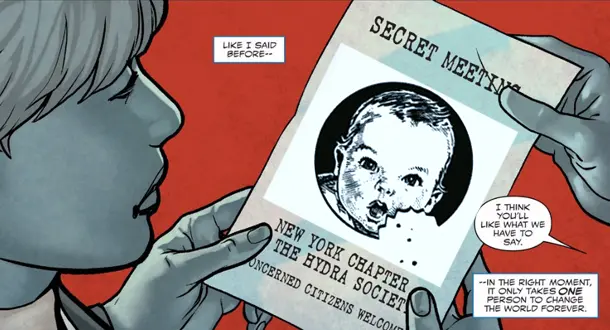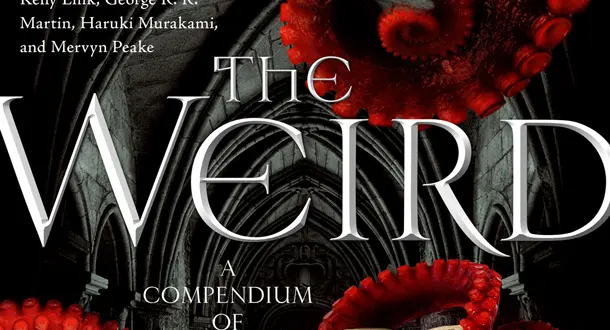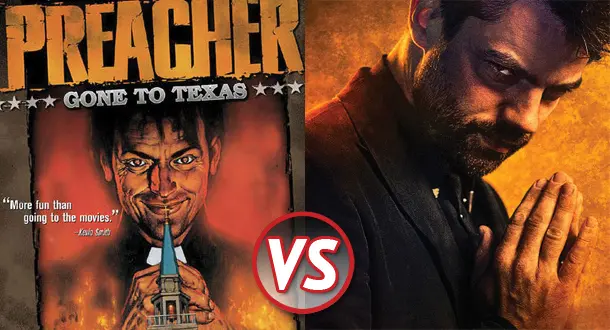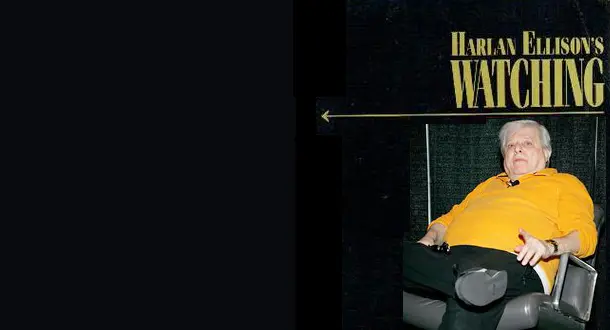Columns
Showing 3545 Columns
Showing 3545 Columns
July 4th, 2016
Nathaniel Hawthorne was born on July 4, 1804 in Salem, Massachusetts. To celebrate his 212th birthday, here's a few tidbits that you may not have known about this stalwart man of letters.
Read Column →July 1st, 2016
On May 25, the Nick Spencer-penned Captain America: Steve Rogers #1 uncovered modern comic fandom’s literal reading of stories and authorial intent. On May 30, film critic Devin Faraci reacted with “Fandom is Broken”.
Read Column →June 30th, 2016
Flash fiction: A style of fictional literature marked by extreme brevity Welcome to LitReactor's Flash Fiction Smackdown, a monthly bout of writing prowess. How It Works We give you inspiration in the form of a picture, poem, video, or prompt. You write a flash fiction piece using the inspiration we gave you. Put your entry in the comments section. One winner will be picked and awarded a prize.
Read Column →June 29th, 2016
I write it. I read it. I even have the lady balls (and grocery bills) to try and teach it. But what is It? Can you know It? Can you see It? And once seen, can It ever be unseen? Unknown?
Read Column →June 29th, 2016
The first time I encountered Preacher was at the back of an old issue of The Punisher. There was a page that listed upcoming releases, and as soon as I saw the description I knew I had to read this book. I don’t even recall what adventures the Punisher was getting into that month, but I can still picture the little gray box full of tiny type that introduced me to one of the finest pieces of graphic fiction ever committed to paper. Preacher went on to become one of my all-time favorite comics.
Read Column →June 27th, 2016
As my exciting story opens, I am being punched in the stomach. And thus begins the career of Frank Burly, and thus begins The Time-Traveling Detective, the first novel by John Swartzwelder.
Read Column →June 24th, 2016
Self-publishing isn't the scarlet letter it once was. Okay, there's still some stigma. But I'll admit, some of that stigma is earned by people like me who crank out some weird, stupid garbage and slap it onto the Kindle store. You can't write 3 Ninjas fanfic and feel like you're free of guilt there.
Read Column →June 24th, 2016
You've taken classes and workshops. You've worked and reworked your fiction, revising from feedback, honing your craft. And now, at long last, you're ready to send your fiction out for consideration by agents, editors, and publications. But whether you're a bright young thing with the world on a string or a worldwise elder with stories to tell, these ten craft issues will make you look like a rookie—and they'll keep you stuck in the slush pile.
Read Column →June 24th, 2016
Known for novels, short stories and screenplays, Harlan Ellison also worked as a film critic. Writing for Cinema Magazine, the Los Angeles Free Press, Starlog and The Magazine of Fantasy and Science Fiction, he built a contrarian reputation, panning such classics as 2001: A Space Odyssey and Star Wars while propping up novelties like Big Trouble in Little China. His writings over two decades, collected in 1989 as Watching, presciently anticipate “Film Twitter”.
Read Column →June 22nd, 2016
I just got back from teaching at the University of Iowa at their Summer Writing Festival, which is always a great time. My classes—Dark Fiction: Writing Horror and How to Write a Popular, Successful Genre Novel—both went over well. And I feel like so much of this topic, where genre fiction meets literary fiction, is fresh in my head, so let’s sit down and talk about this. More specifically, how can literary fiction teach you about genre fiction?
Read Column →Submitting your manuscript?
Professional editors help your manuscript stand out for the right reasons.










